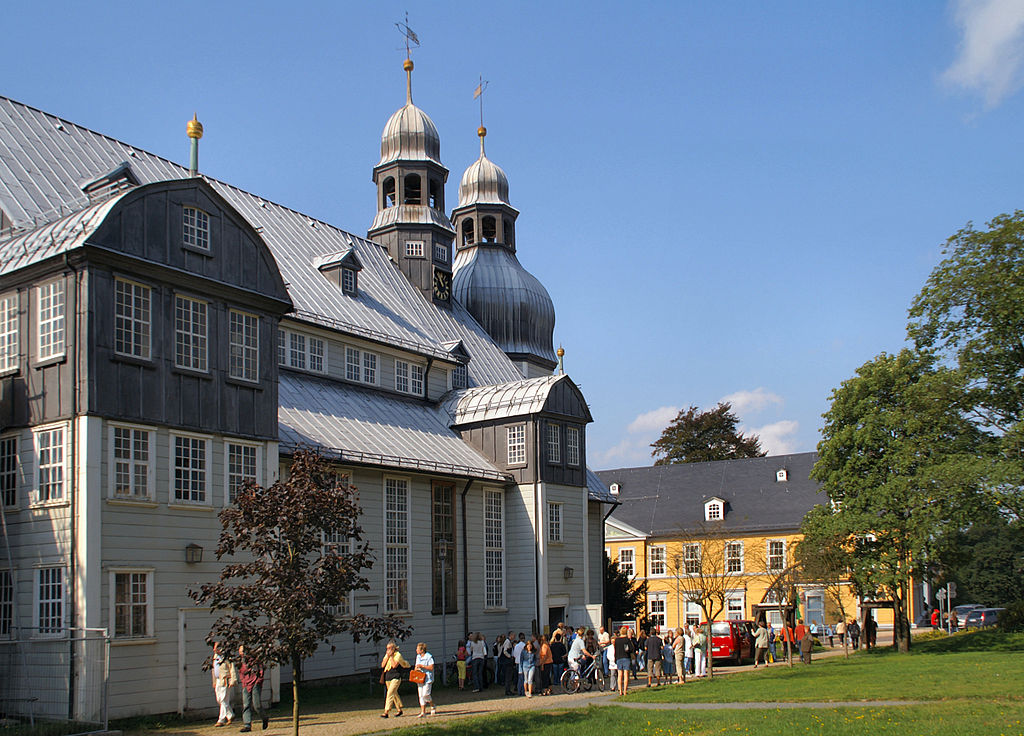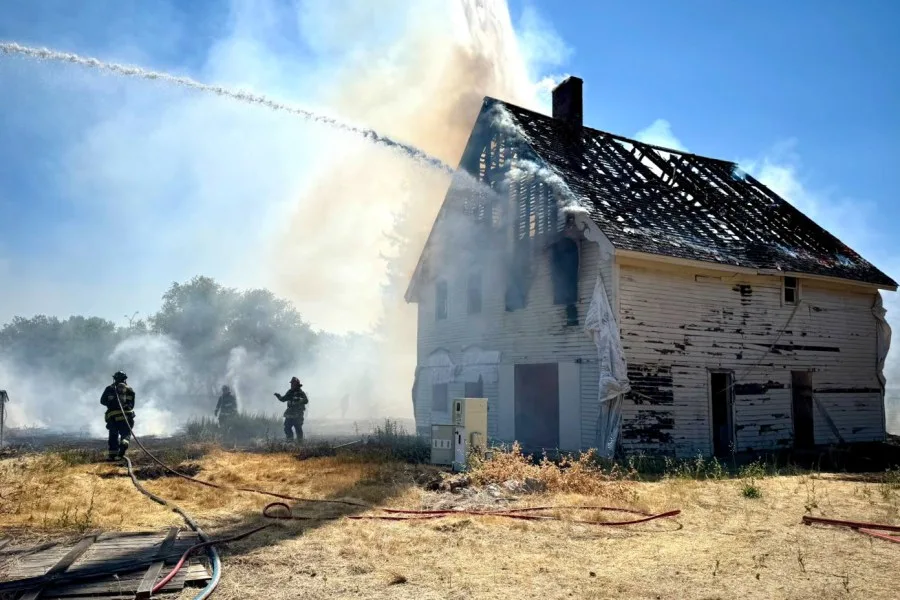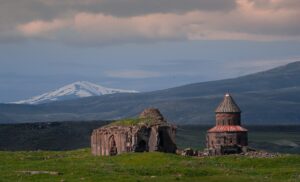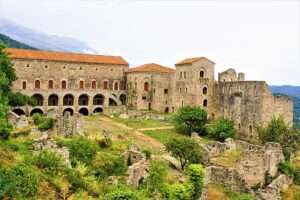Laerdal Historic Town Severely Damaged by Fire
A major fire has severely impacted Lærdal, a historic mountain village in Western Norway, renowned for its exceptionally preserved wooden architecture. Known for its 18th- and 19th-century Hanseatic-style buildings, Lærdal has long been recognized as a cultural treasure. The town’s urban layout—characterized by densely arranged wooden structures—reflects its historical role as a key inland port on the Sognefjord.
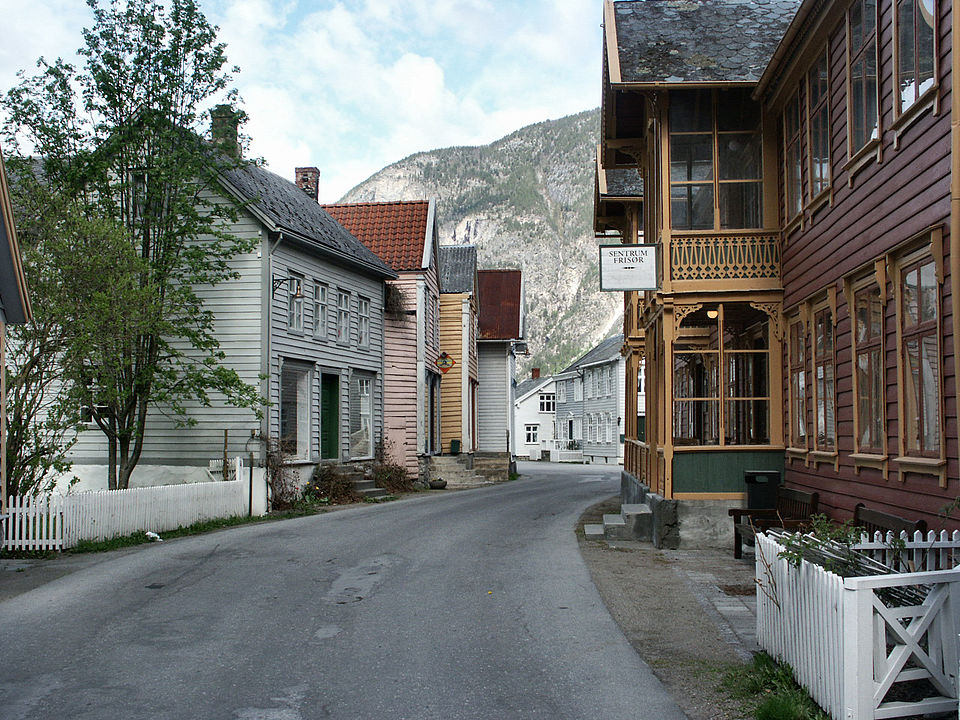
The blaze broke out on the evening of Saturday, 7 June 2025, shortly before 11:00 p.m., and quickly escalated due to strong winds. Despite rapid intervention by emergency services, the fire spread through the historic district of Lærdalsøyri, a legally protected area. Although firefighters contained the blaze within five hours, the damage to the built heritage was extensive.
- 23 buildings were completely destroyed, including 16 wooden houses, several industrial structures, a community centre, and holiday accommodations.
- Multiple other structures sustained heavy damage, including two Hanseatic-style buildings of significant historical value.
- At least three buildings within the protected area of Lærdalsøyri were lost.
- The incident led to the evacuation of hundreds, with 52 individuals treated for minor injuries and up to 300 people admitted to hospital.
The entire local population of approximately 1,200 was temporarily displaced.
In 2014, the same town sustained damage from a fire that originated in a residential dwelling.
Lessons for Heritage Safety Professionals
The Lærdal fire is a stark reminder of the acute vulnerabilities faced by historic settlements—particularly those with dense concentrations of combustible materials. This incident underscores several critical areas requiring attention:
1. Structural Vulnerability of Historic Urban Fabric
Densely clustered wooden buildings, while architecturally significant, dramatically increase the potential for rapid fire spread. Tailored fire prevention and emergency response plans are essential in such environments.
2. Integration of Climate Risk into Emergency Planning
High winds accelerated the fire’s spread, highlighting the urgent need to incorporate meteorological data into risk management strategies. Rapid response protocols for adverse weather must be part of standard operating procedures.
3. Disaster Preparedness and Response Capacity
The successful containment of the fire and evacuation of residents involved over 100 emergency personnel and aerial support. This highlights the importance of comprehensive emergency planning—not only for public safety, but also for the protection, salvage, and documentation of heritage assets.
4. Post-Disaster Recovery and Community Engagement
As noted by Prime Minister Jonas Gahr Støre, Lærdal has faced similar tragedies in the past. Effective heritage protection extends beyond emergency response—it includes active participation in recovery and reconstruction efforts to ensure cultural continuity and authenticity.
5. Continuous Risk Assessment and System Updating
The recurrence of fires in protected areas like Lærdal underscores the need for regular reassessment of fire prevention systems, infrastructure vulnerabilities, and emergency readiness—even in sites with formal heritage protections.
Historic Towns and fire risk
While investigations continue into the origin of the blaze, the Lærdal fire stands as a powerful case study. It calls for renewed commitment, strategic foresight, and interdisciplinary collaboration among cultural heritage professionals, emergency responders, urban planners, and local communities.
Historic cities, with their original architecture and structures, present unique challenges for fire risk prevention and management. Sources highlight that fire risk in these areas can be influenced by several factors:
- Climate conditions: Climate conditions play a significant role in fire risk in historic cities. This suggests that factors such as drought, high temperatures or strong winds (as seen in the case of Lærdal in our previous conversation) can increase the likelihood and speed of fire spread.
- Wildland Fire Risk: Historic cities can be subject to wildland fire risk, which spreads from surrounding natural areas. This is particularly relevant for settlements that are close to forests, woodlands or undeveloped areas.
These topics were covered in the articles “Climate Conditions and Fire Risk in Historical Towns” on February 11, 2025 and “Wildland Fire Risk and Historical Towns” on February 5, 2025.
